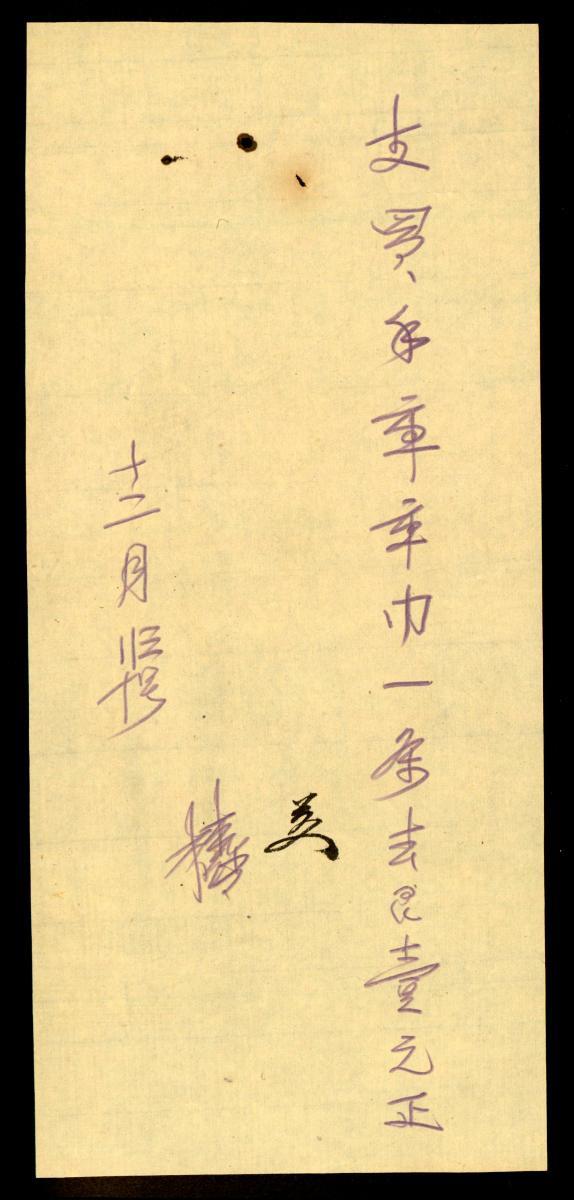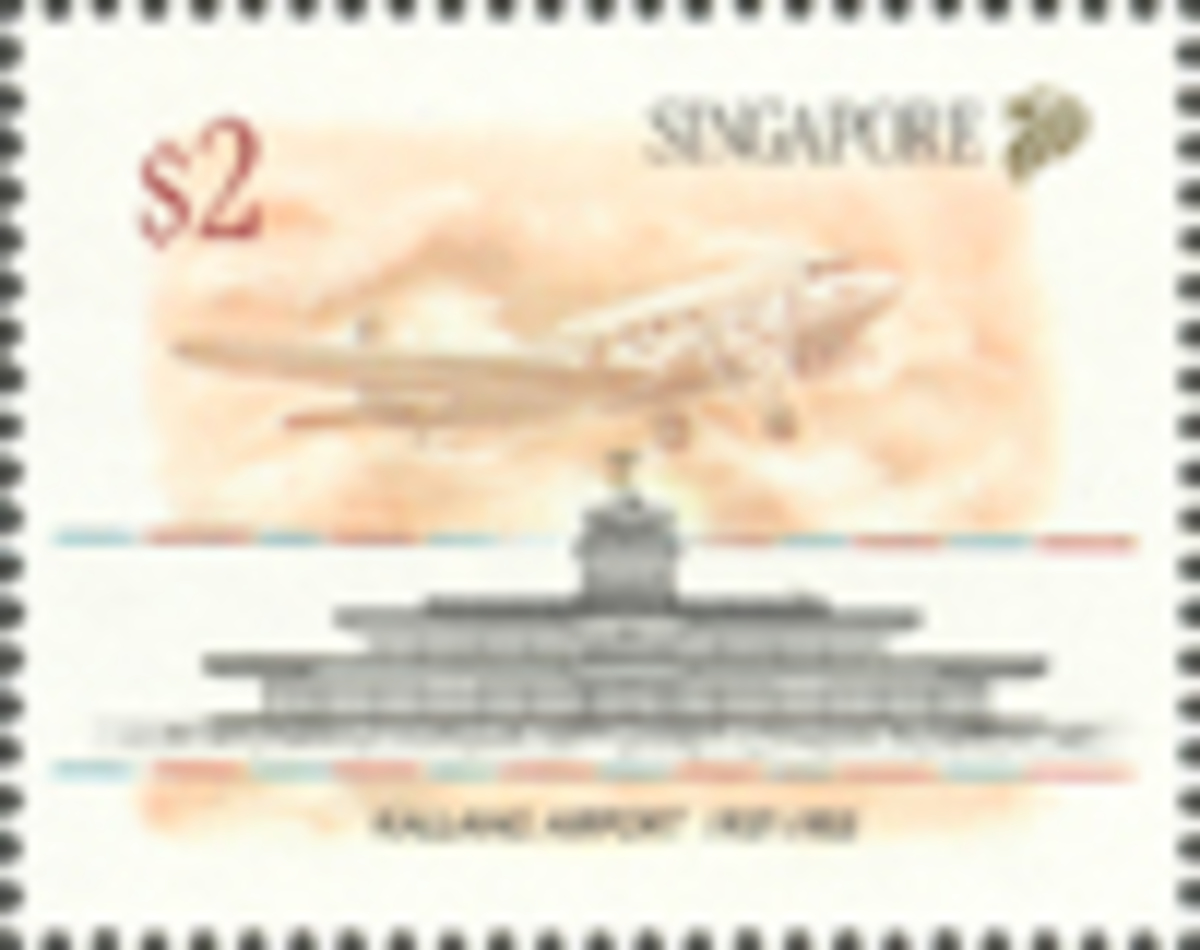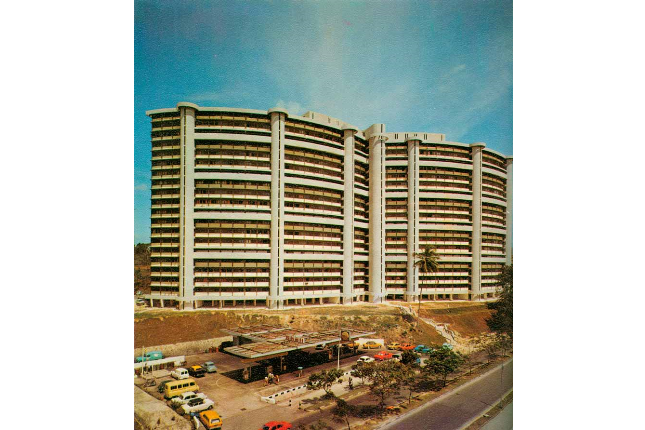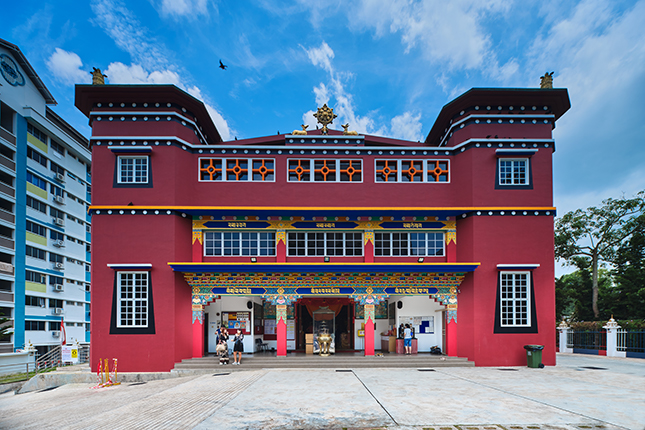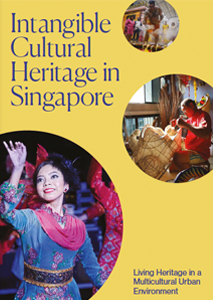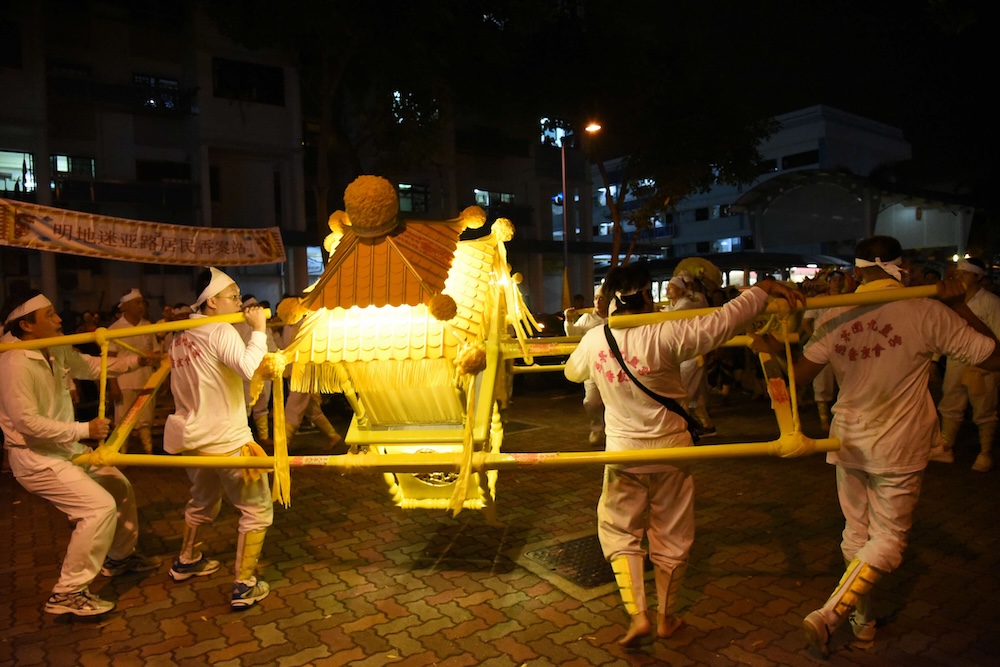This chest, in a traditional European shape, is decorated with a variety of Japanese techniques. Lacquer, mixed with gold and silver dust and coloured pigments, covers much of the surface and interior. The patterned borders are of inlaid mother-of-pearl, and they enclose areas of ray skin – a rare and difficult-to-work-with material – surrounding cartouches containing elaborate pictorial and decorative scenes. Lacquered furniture was one of the most prized Japanese products exported to Europe. Cabinets, chests, and other objects with this type of decoration are called namban wares. Namban literally means “foreigners from the south”, and the term came to be associated with objects made for foreigners. The principal customers were at first the Portuguese, who first arrived in Japan around 1542, but soon these wares were exported to Spain, Holland, Britain, and the Americas.







